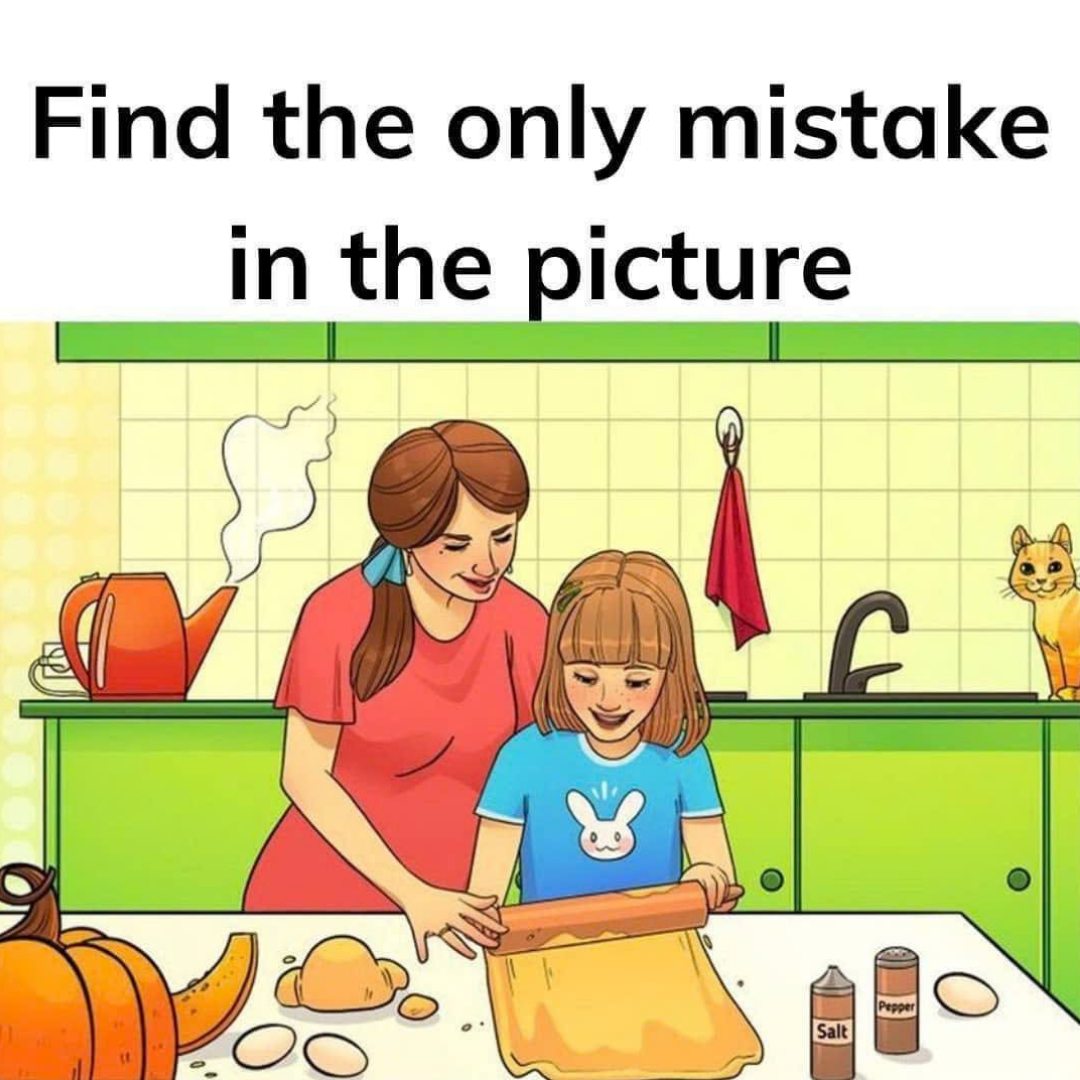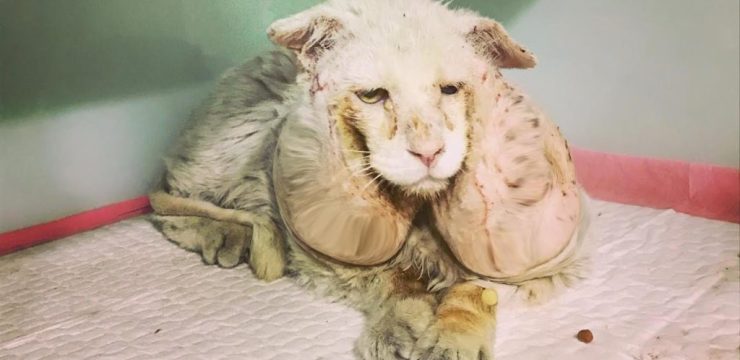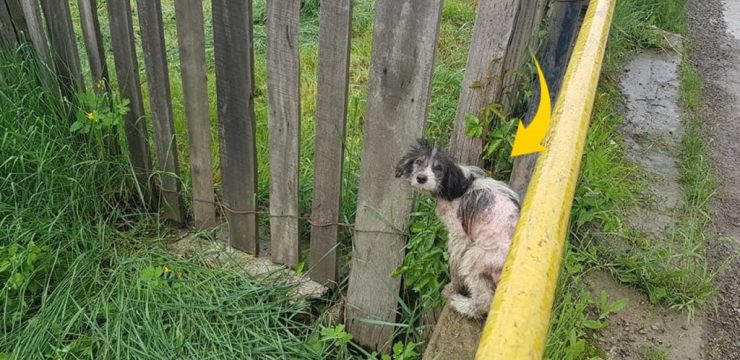Are you ready to challenge your attention to detail? This seemingly ordinary image hides a few subtle mistakes that most people miss on the first try. At a quick glance, everything appears normal, but if you look closely, you’ll notice something is definitely off. Let’s break down the puzzle together and see if you can spot what’s wrong!

The Challenge: Find the Mistakes
The image shows a heartwarming scene of a mother and daughter in the kitchen, working together to roll out dough. It looks cheerful and familiar, but hidden within this everyday setting are a couple of subtle errors. Can you find them?
Take a moment to study every detail—the background, the objects, and even the smallest elements in the image. These puzzles are designed to trick your eyes, so don’t rush. Ready to dive in? Let’s go step by step to uncover the mistakes.
Why Do We Miss Subtle Details?
Our brains are hardwired to process familiar scenes quickly. This cognitive shortcut helps us navigate the world efficiently but sometimes leads to “inattentional blindness”—the tendency to overlook unexpected details because we assume everything looks as it should.
For example, in this kitchen puzzle, you might focus on the mother and daughter rolling dough and ignore smaller details like the stove or spice shakers. Designers of these puzzles count on this tendency to trick you, which is why spotting errors can be so challenging.
Common Mistakes People Make While Solving Puzzles
When trying to solve puzzles like this, people often fall into these traps:
- Ignoring the Background: Most people focus on the main subjects and miss what’s happening in the background.
- Overlooking Small Objects: Items like kitchen tools, spices, or decorations often hide subtle errors.
- Assuming Familiarity: We’re so used to seeing certain objects that our brains “fill in the blanks” even when something is wrong.
To successfully solve this puzzle, you’ll need to look at everything carefully, including the background details and the smallest items in the scene.
Step-by-Step Guide: Find the Errors
Let’s go through the image together and analyze the details step by step.
1. Check the Salt and Pepper Shakers
Look closely at the spice containers on the counter. At first glance, they seem normal, but something’s not right. The tops of the salt and pepper shakers are swapped! The pepper shaker has a metal lid, which is usually seen on salt containers, and the salt shaker has a top typically used for pepper. This subtle mistake is easy to miss if you’re not paying attention.
2. Examine the Teapot on the Stove
Now shift your focus to the stove. You’ll see a red teapot with steam rising from its spout, indicating it’s hot. But wait—there’s no source of heat under the teapot! The stove is turned off, yet the teapot is steaming. This is a clear clue that something is amiss.
3. Look at the Rolling Pin and Dough
The mother and daughter are working together to roll out dough, but take a closer look. Does the dough look realistic? The size and shape of the dough might seem slightly exaggerated or unnatural, creating a subtle inconsistency in the scene.
4. Focus on the Cat
In the background, a curious cat sits on the counter, watching the scene. While a cat in the kitchen isn’t unusual, its expression and position are odd. It seems frozen, almost too focused, as if placed there to distract you from noticing other mistakes.
5. Observe the Towel Hook
On the right side of the image, a towel hangs from a hook on the wall. This detail looks ordinary at first, but pay attention to its position. Is the towel hanging naturally? Often, puzzles like this include objects that are slightly misplaced or appear unrealistic.
The Solution: What’s Actually Wrong?
After analyzing the scene, here are the two main errors:
- Swapped Salt and Pepper Shakers: The lids on the shakers are reversed, a detail most people overlook at first glance.
- Teapot Without a Heat Source: Steam is rising from the teapot even though the stove is turned off.
These small, subtle mistakes are cleverly designed to test your observation skills. By blending the errors into an otherwise normal setting, the artist makes it challenging to spot what’s wrong unless you look closely.
Why Puzzles Like This Are Great for Your Brain
Visual puzzles like this one are more than just fun—they’re a great mental workout! Here’s how they benefit you:
- Sharpen Observation Skills: You learn to focus on subtle details and notice things others might miss.
- Improve Critical Thinking: Puzzles challenge you to analyze information and think logically.
- Boost Patience and Focus: Taking the time to solve a puzzle improves concentration and attention span.
- Relieve Stress: Engaging in puzzles is a fun, low-pressure way to relax and unwind.
Did You Spot the Mistakes?
How did you do? Did you catch the swapped salt and pepper lids and the teapot’s missing heat source, or did these details slip past you? Don’t worry—puzzles like this are meant to be tricky, and solving them takes practice.
We’d love to hear from you! Share your thoughts in the comments and let us know how quickly you spotted the errors. And if you enjoyed this challenge, try more visual puzzles to keep sharpening your observation skills.
Remember: The next time you encounter a scene that looks “normal,” take a closer look—you never know what details might be hiding in plain sight!





